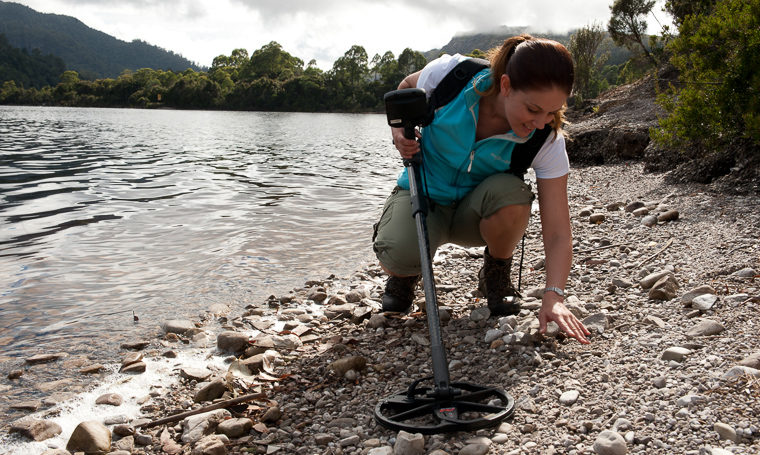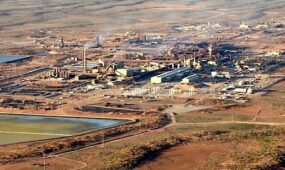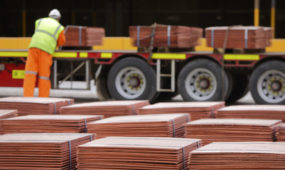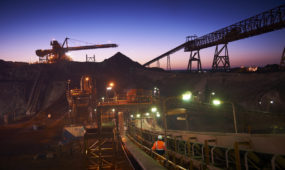Minelab continues to lead way in search for gold
Mining & Resources
SOUTH Australian physicist Bruce Candy was working as an academic in the early 1980s when he was visited by a gold prospector and a lawyer.

Sign up to receive notifications about new stories in this category.
Thank you for subscribing to story notifications.

“They asked me if it was possible to design a better metal detector,” Candy says. “The answer was yes. The answer is always yes to that kind of question.”
Candy soon forgot about the meeting but a couple of months later the pair turned up again.
“They said ‘We’ve raised the money’,” Candy remembers. “They thought I was going to work for them. I kind of got dragged into it really.”
‘It’ was the beginning of Minelab, now a world leader in hand-held metal detection.
The company, which has a global distribution network that serves customers ranging from amateur treasure hunters to the United Nations, is based in the Adelaide suburb of Torrensville. It sold more than $166 million worth of metal detectors last financial year.
Underpinning this success is Candy’s solution to a particularly Australian problem: the ancient soils of the continent are high in iron and other magnetic minerals.
“You need to work out a way electronically to not see the minerals and see the target metal instead,” Candy says. “First of all, you need to understand the mathematics of how magnetic minerals respond to an applied magnetic field, then apply physics to overcome the subtle problems that limit the performance of metal detectors. I don’t want to sound bombastic, but the standard of physics and mathematics is very high indeed. We’d be in the top 10 electronics companies in Australia in terms of rigorous application of maths, physics and engineering. We have a huge R&D team working on this stuff all the time.”
Minelab’s customers fall into three main categories. Counter-mine products are used by defence forces, aid and humanitarian groups and the UN. The consumer range is used by, hobbyist treasure hunters and gold prospectors. The third division is small-scale artisanal gold mining.
The counter-mine units are in use in more than 55 countries, including Angola, Vietnam, Mozambique and Sri Lanka, where they’re used to clear mines, grenades and other explosives from former conflict zones.
Gold detection is even more widespread, a recent push into Africa making Minelab detectors available on every continent.
For both hobbyist and professional gold-seekers, each improvement in Minelab’s technology opens up old goldfields to new discoveries. The latest product, due for release later this year, is a compact, waterproof unit capable of picking out tiny traces of gold.
Queensland gold prospector Jonathon Porter has been using Minelab detectors since he went professional in 1993.
“Minelab are known throughout the world,” he says. “They have a habit of releasing new products that allow you to go over old goldfields and find more gold. They are both innovative and superior products – they spend more money on R&D than they do on marketing.”
Porter says the cost of buying the detector can be quickly recouped.
“In 1995, I needed to find 10 or 12 ounces of gold to pay for a high-end detector. With today’s gold price I need to find five ounces.”
“There are a lot of retirees subsidising their super this way”, prospector Johnathon Porter
To put that in perspective, Porter’s best day as a prospector yielded 215 ounces in two hours.
“I do it for a living, but there are a lot of retirees subsidising their super this way. I know hundreds of people traversing the country every year,” Porter says. “You take the caravan to WA and come back with $20,000 or so.”
He stresses that successful prospecting requires hard work and knowledge, but the right tools are vital.
“Every time a new model comes out I automatically buy it,” he says. “Without Minelab I wouldn’t be able to do this for a living.”
Jump to next article



